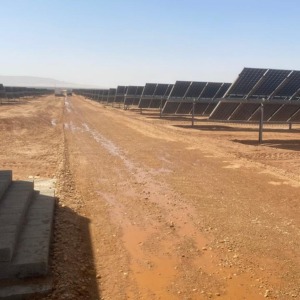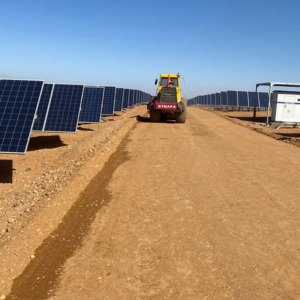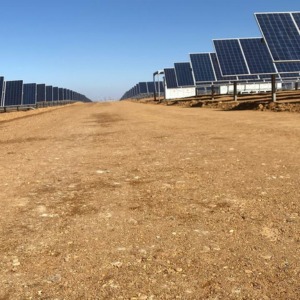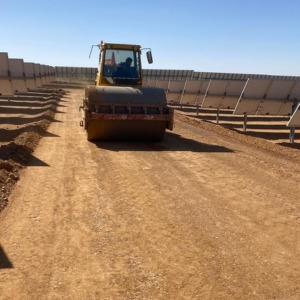



Roads Construction:
Soil Road Construction Process Description
Soil road construction involves preparing and compacting native or imported soils to create stable, durable access routes, typically used in temporary or low-traffic applications such as solar plant internal roads. Proper grading, drainage, and compaction are critical to road performance and longevity.
- Site Clearing and Grubbing
- Remove vegetation, roots, debris, and topsoil from the designated road alignment.
- Dispose of cleared material in approved disposal areas.
- Ensure a minimum clearance width as per project drawings and access requirements.
- Stripping and Excavation
- Strip the top organic soil layer (typically 15–30 cm) to expose firm subgrade.
- Excavate or cut to the designed road level and cross-section (camber or crown).
- Fill low areas and backfill depressions using suitable material.
- Subgrade Preparation
- Level and grade the exposed subgrade surface using graders.
- Moisture condition the subgrade (add water if dry, aerate if wet) to achieve optimal moisture content.
- Compact the subgrade using a vibratory roller (minimum 95% Modified Proctor density, or as per specification).
- Embankment Formation (if required)
- Place soil in horizontal layers (150–200 mm loose thickness).
- Compact each layer to the specified density before placing the next.
- Ensure side slopes are formed and compacted as per design (typically 1:2 or 1:3 slope).
- Placement of Selected Fill / Wearing Course
- Import selected granular material (e.g., well-graded soil, murram, or laterite) for the road surface.
- Spread the material uniformly using motor graders.
- Adjust moisture content for compaction.
- Compact in layers using vibratory rollers to the required density (typically 98% Modified Proctor).
- Form camber (2–3% cross fall) for surface drainage.
- Final Grading and Finishing
- Final trim and level the road surface using graders.
- Compact the final surface layer to ensure uniformity and smoothness.
- Ensure proper side drains or ditches are formed to channel stormwater away from the road.
- Drainage and Culverts (if applicable)
- Construct side drains (V- or trapezoidal-shaped) parallel to the road.
- Install culverts at designated low points or crossings using concrete or HDPE pipes.
- Ensure culvert inlets and outlets are protected with headwalls or riprap to prevent erosion.
- Quality Control
- Perform field density tests (e.g., sand cone or nuclear density tests) on subgrade and surface layers.
- Check longitudinal and transverse gradients, camber, and alignment using survey equipment.
- Inspect for soft spots or poor compaction and rectify as needed.
- Safety and Environmental Considerations
- Implement dust control measures (e.g., regular water spraying).
- Ensure operators wear appropriate PPE (helmets, vests, boots).
- Avoid soil erosion and sediment runoff into adjacent areas by constructing temporary silt traps or berms.

